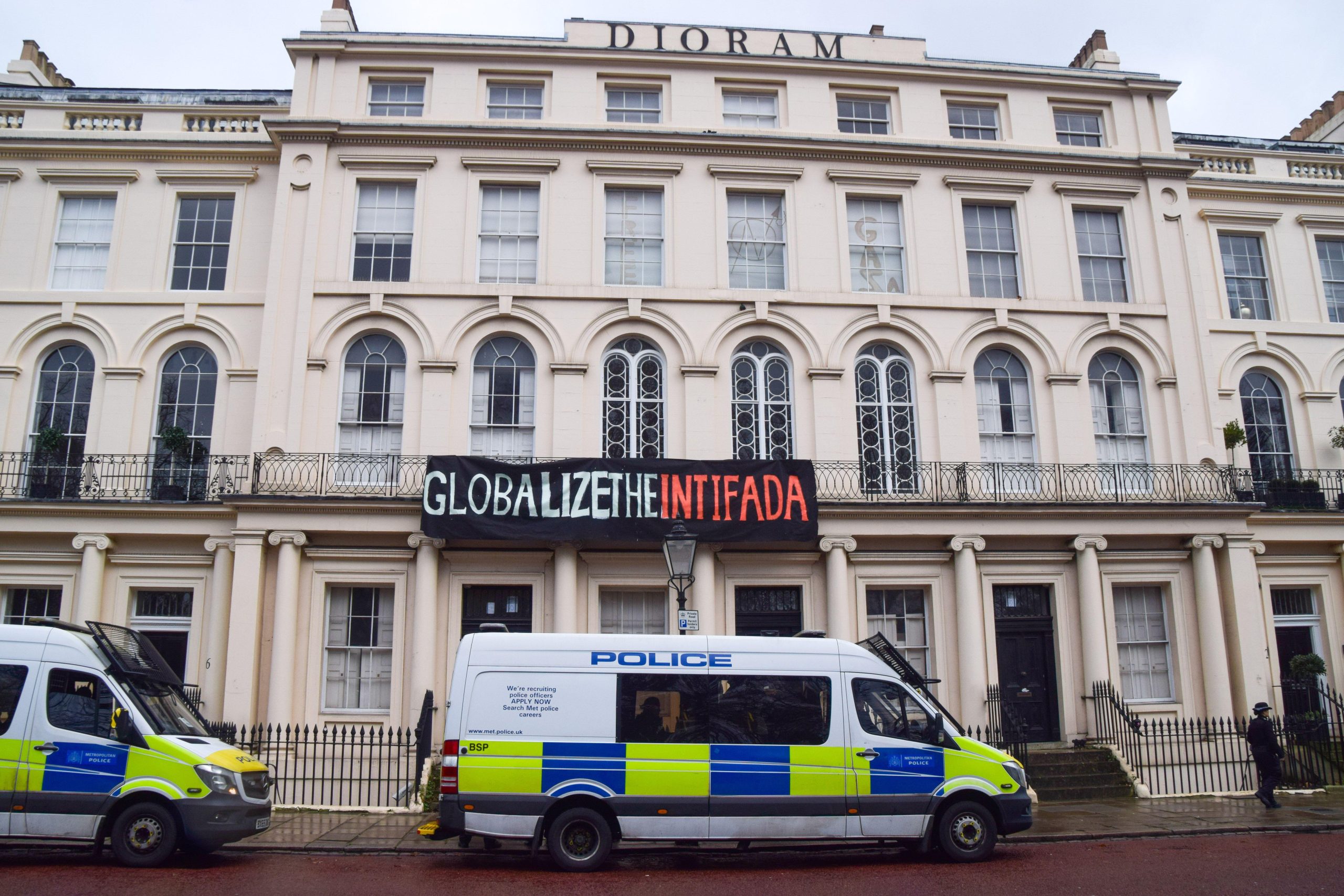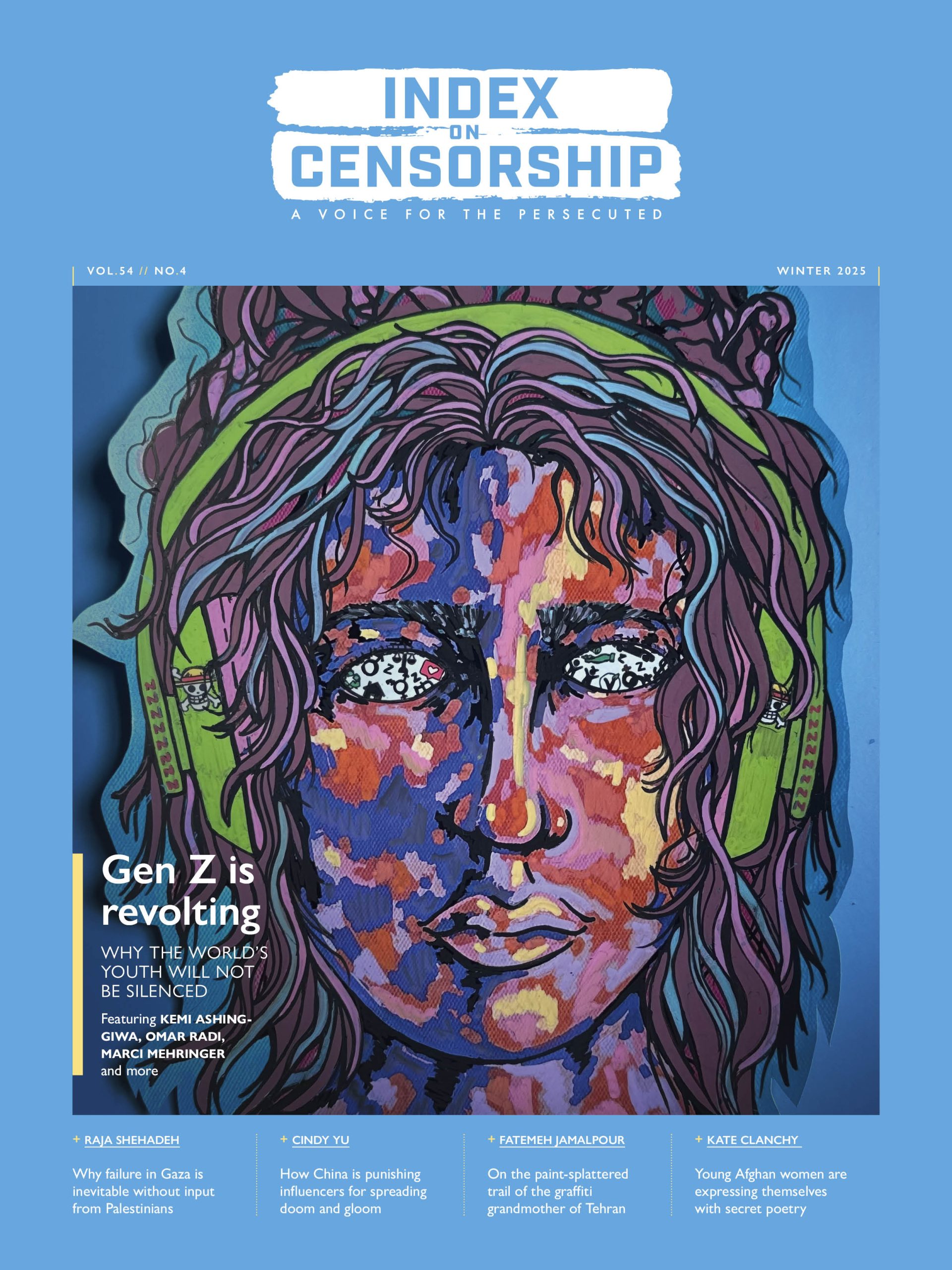
Hungary’s media regulations have created an atmosphere of tension among journalists. Mike Harris reports from Budapest
Hungary is the only European state whose guide to their media law includes an entire appendix dealing with international criticism.
The country needed a new media law to replace outdated regulations enacted before the fall of the Berlin Wall, and a second series of provisions in 1996. Yet in the interim, whilst politicians debated regulation, Hungary’s journalists did a disservice to their profession, by failing to provide a model for self-regulation. With reform on the agenda, the newly elected Fidesz government stepped in and imposed one of the most draconian media models anywhere in Europe. As the international partnership mission to Hungary (which Index on Censorship is part of) found, the new law is broad, uncertain and inconsistent with basic standards of media freedom.
The Hungarian government is keen to export its model of regulation – as a way of seeing off criticism from bodies including the European Parliament and OSCE. If it is successful, media freedom across Europe will be under threat.
Hungary’s model of “co-regulation” is a peculiarity. The new media law created the National Media and Infocommunications Authority which has statutory powers to fine media organisations up to €727,000, oversees regulation of all media including online news websites, and acts as an extra-judicial investigator, jury and judge on public complaints. It is portrayed as an arm’s length government agency. Yet Annamaria Szalai, the President of the Media Authority is a known Fidesz supporter and all five members of the Media Council were delegated by exclusively by the Fidesz majority in Parliament. Members of the Media Council serve a nine-year term (over 2 parliamentary cycles) so even in the event of a change of government the media authority will still be dominated by Fidesz delegates.
Co-regulation is neither statutory regulation nor self-regulation. Those bound by the Media Authority include the Hungarian Association of Internet Content Providers, all TV stations and major newspapers. All volunteered to enter co-regulation which allows the Media Council to rule on received complaints. Yet, there was little choice. For organisations that remain outside the code, the Media Authority can levy fines of up to €727,000 for breaches of the new national media law. Inside co-regulation, fines cannot be levied, but the grounds for censor journalists are exactly the same as the national media law — and both are broad and uncertain. Hungary has forced the press to internalise a code that is far stricter than in other European countries.
One of the strongest provisions is that media owners should be “fit and proper”. In Hungary under Articles 185 – 189 of the new law, media owners who have previously been the subject of complaints upheld by the Media Council cannot bid for further licenses. Whilst it’s fashionable to suggest such provisions in the UK after phone-hacking, the result in Hungary is chilling. Journalists told our mission that media owners are keen to avoid any possible transgressions of the law and their contracts of employment are being edited to include reference to the new law.
Miklos Haraszti, the Hungarian former OSCE representative on freedom of the media is damning: “It is outsourcing media censorship to the owners.”
Protecting the audience
Article 4 (3) The exercise of the freedom of the press may not constitute or encourage any acts of crime, violate public morals or the moral rights of others – Freedom of the Press
Article 14 (1) The media content provider shall, in the media content published by it and while preparing such media content, respect human dignity – Obligations of the Press
Article 17 (1) The media content may not incite hatred against any nation, community, national, ethnic, linguistic or other minority or majority as well as any church or religious group – Obligations of the Press
At the heart of the new media law is a requirement to protect the audience from insult, threats to public morality, and hatred whether against a minority, or the majority. Its terms are broad and the grounds for investigation by the Media Authority uncertain. As Dr Judit Bayer points out, the law “may restrict any critical statement about any person or organisation”. Even defamation of religions is now an actionable offence.The media code embodies a wide set of protections for the audience. This includes an obligation for broadcasters to warn viewers before the transmission of “any image or sound effects in media services that may hurt a person’s religious, faith-related or other ideological convictions or which are violent or otherwise disturbing” (Article 14 – Requirements regarding the content of media services).
Typically, the most restrictive sections of national media codes (such as the UK’s Ofcom regulations) apply to media that exists in a limited spectrum – such as analogue TV or radio where there are a fixed number of possible stations. Hungary’s code applies to any for-profit media, whether within a limited spectrum, in print, or online.
The mission raised with the Media Council’s President the possible imbalance between the positive obligation Hungary has to protect freedom of expression and the breadth of the grounds for complaint under the media code. Annamaria Szalai was keen to emphasize that ‘not a single forint’ of fines have been levied to date. This is of cold comfort to journalists writing on controversial matters, where a single complaint to the Media Authority could mean the end of their career.
Protection of sources
At the same time, the government’s new media law initiated measures that remove protections for journalistic sources, which the mission found to be incompatible with European law.
Even under Communism, the 1986 Press Act allowed the denial of testimony for journalists. Article 6 (3) — Freedom of the Press — contains a worrying revision to this allowing journalists to be forced to reveal their sources “in order to protect national security and public order or to uncover or prevent criminal acts”. Whilst there is a public interest clause, as the European Court of Human Rights has found in past cases, the protection of journalistic sources is taken very seriously and the “public order” proviso is highly unlikely to pass this threshold.
Tamas Bodoky, the founder of investigative website Atlatszo.hu is currently facing the possibility of 5 years in prison for refusing to reveal the source of a leak to his website. He has been questioned by the police who told him he had to reveal his source. He alleges that his home was entered without a warrant. Bodoky is prepared to take his case to Strasbourg — in the meantime, a hard drive storing the contents of his website has been seized by the police.
Hungary’s new media law allows individuals to take action against journalists and online content for non-criminal offences through co-regulation. With media owners likely to discipline or sack journalists who attract complaints, we can see that co-regulation is likely to deliver the privatisation of state censorship. With partisan reporting on the rise to curry favour with the government — for example, see this TV report on MEP Daniel Cohn-Bendit’s criticisms of the new media law that gratuitously made reference to past allegations — journalists were keen to emphasize to our mission that the independence of the media is under serious threat.
Hungary has pushed back on press freedom in the face of widespread criticism but little action from European institutions; the real concern is that their model may be exported.
Mike Harris is Head of Advocacy for Index on Censorship




